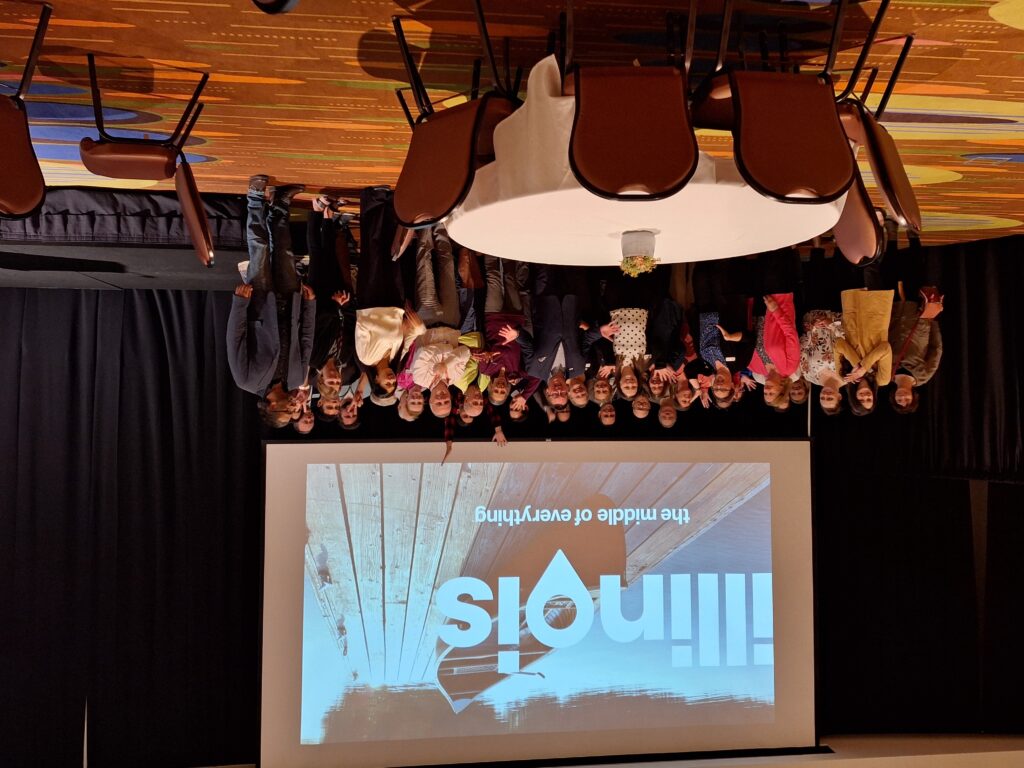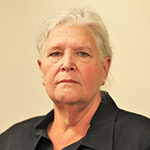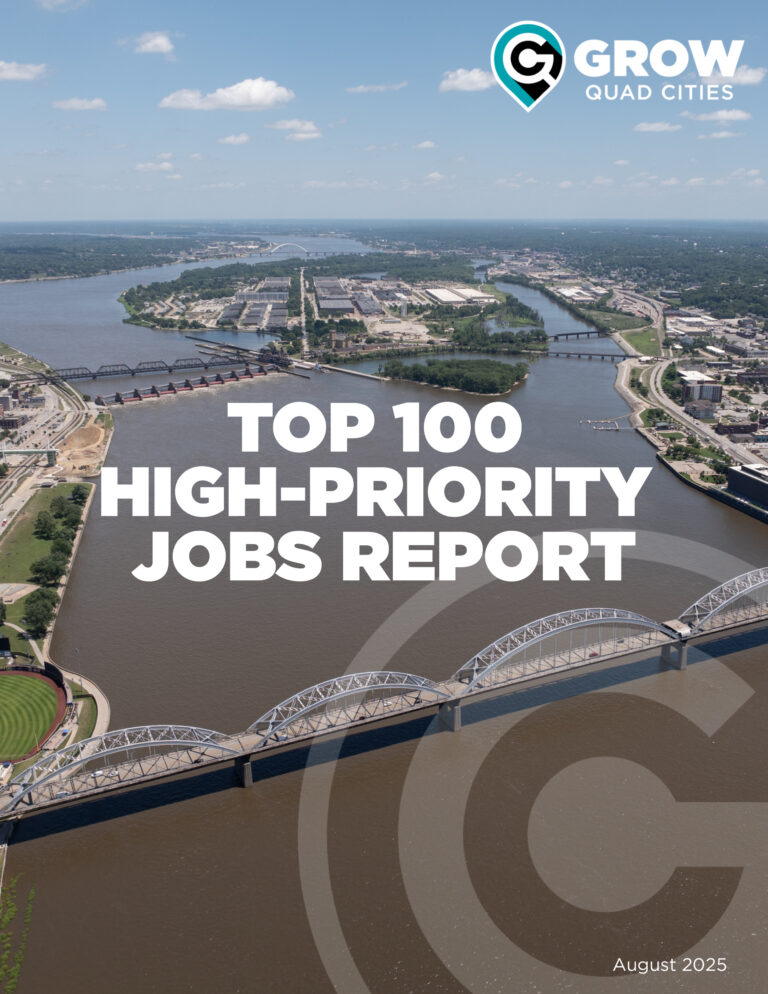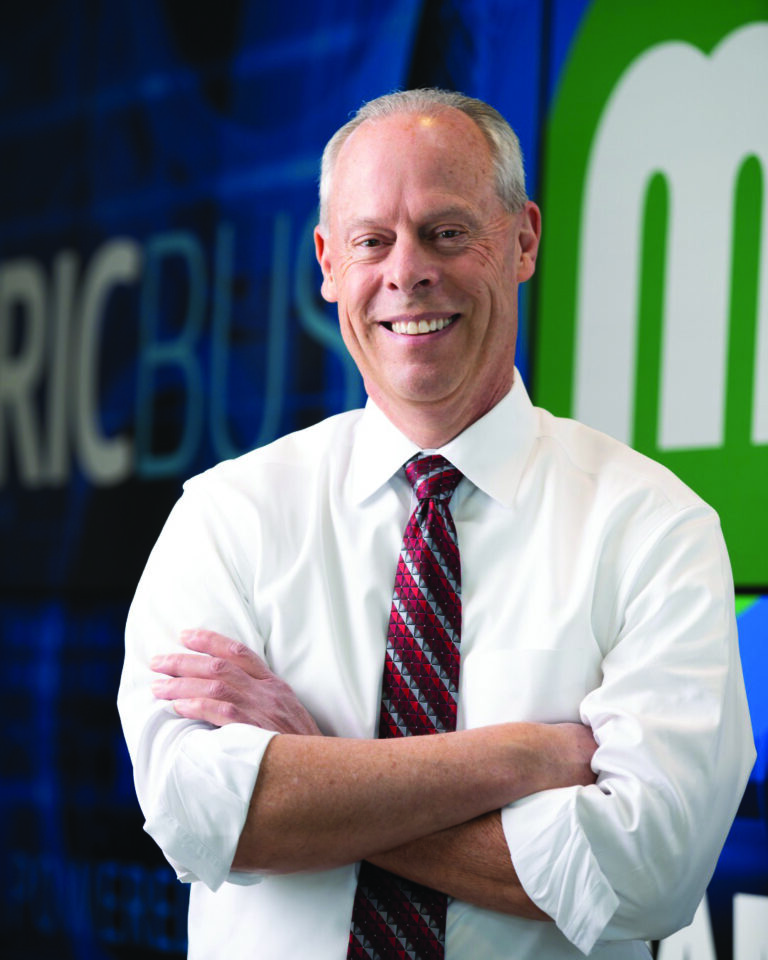
Quad Cities tourism stakeholders post with Daniel Thomas, deputy director of the Illinois Office of Tourism at Bally's Quad Cities Casino and Hotel in Rock Island on Tuesday, Nov. 7. CREDIT KENDA BURROWS
Tourism in Illinois continued its rebound from COVID-19 lows throughout the last fiscal year, but it has not yet matched the impressive upward trajectory the industry enjoyed before the pandemic.
To explore ways to turn that needle up higher and faster, Daniel Thomas, deputy director of the Illinois Office of Tourism, visited Bally’s Quad Cities Casino and Hotel in Rock Island on Tuesday, Nov. 7, as…

Want to Read More?
Get immediate, unlimited access to all subscriber content and much more.
Learn more in our subscriber FAQ.
Do you want to read and share this article without a paywall?







